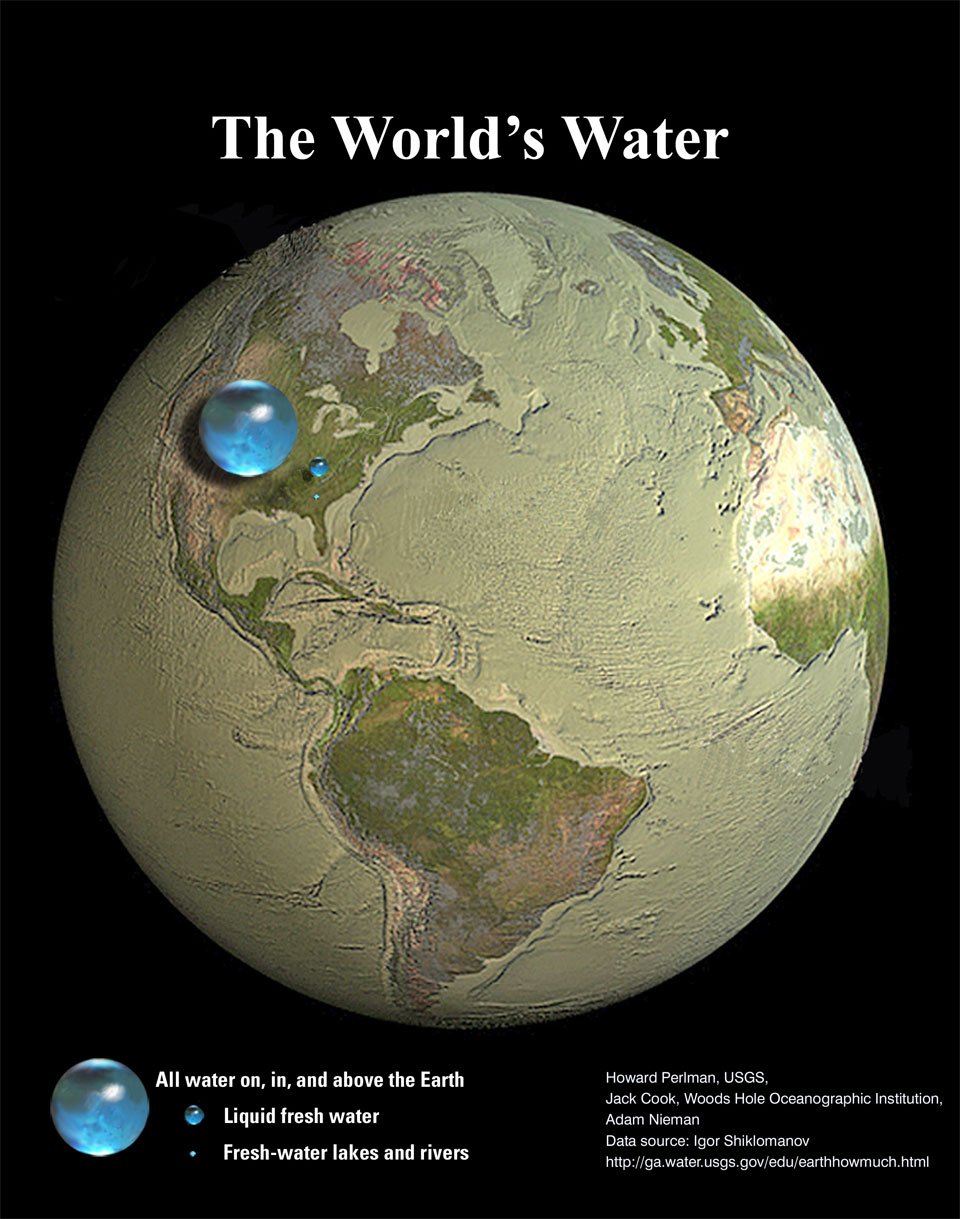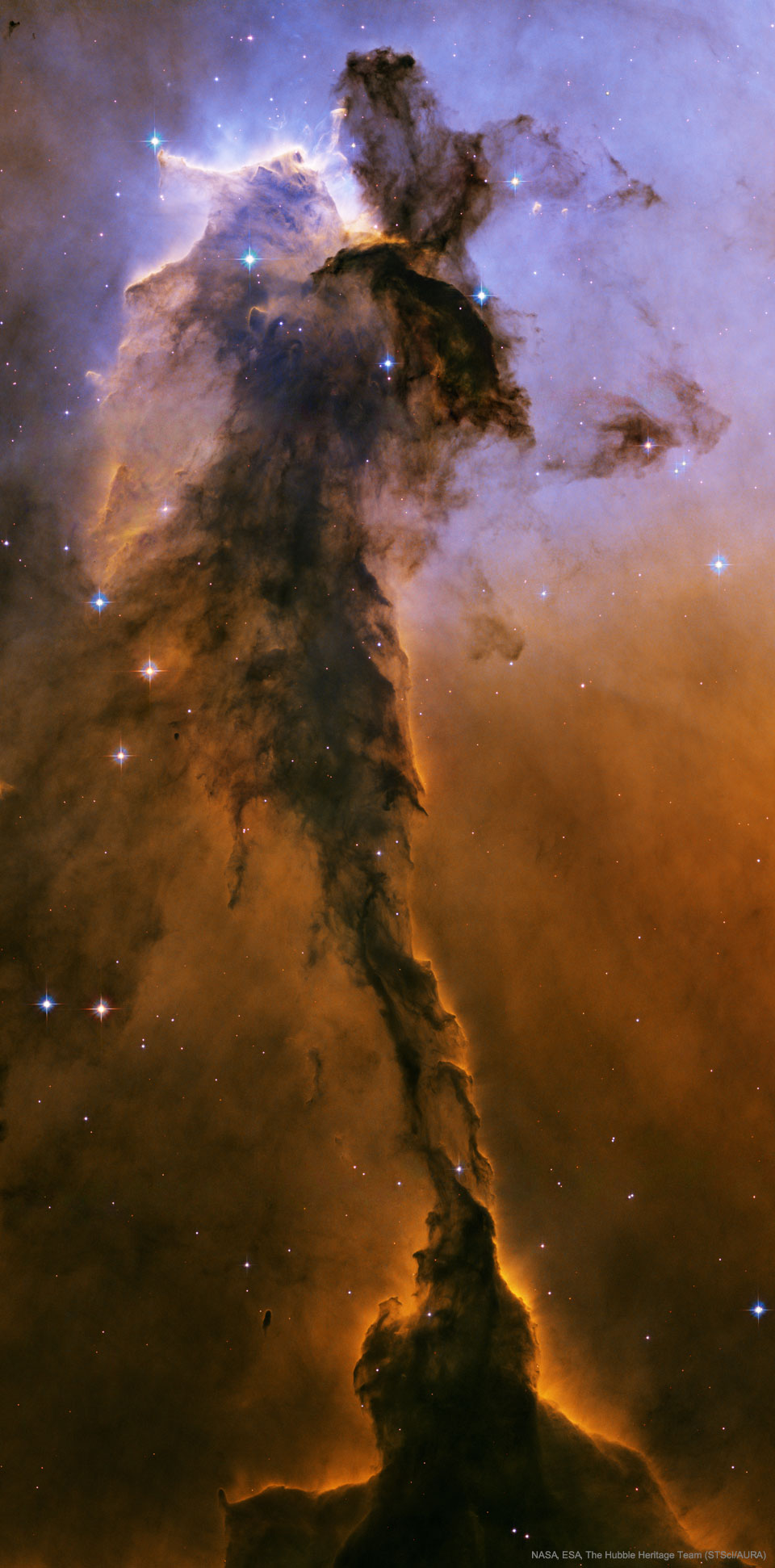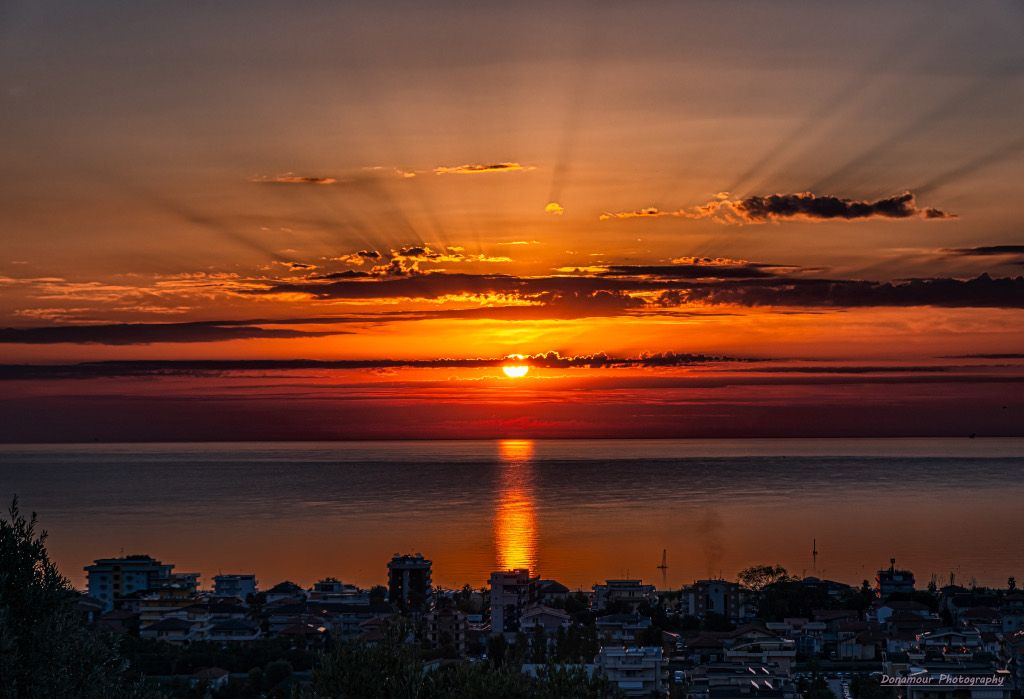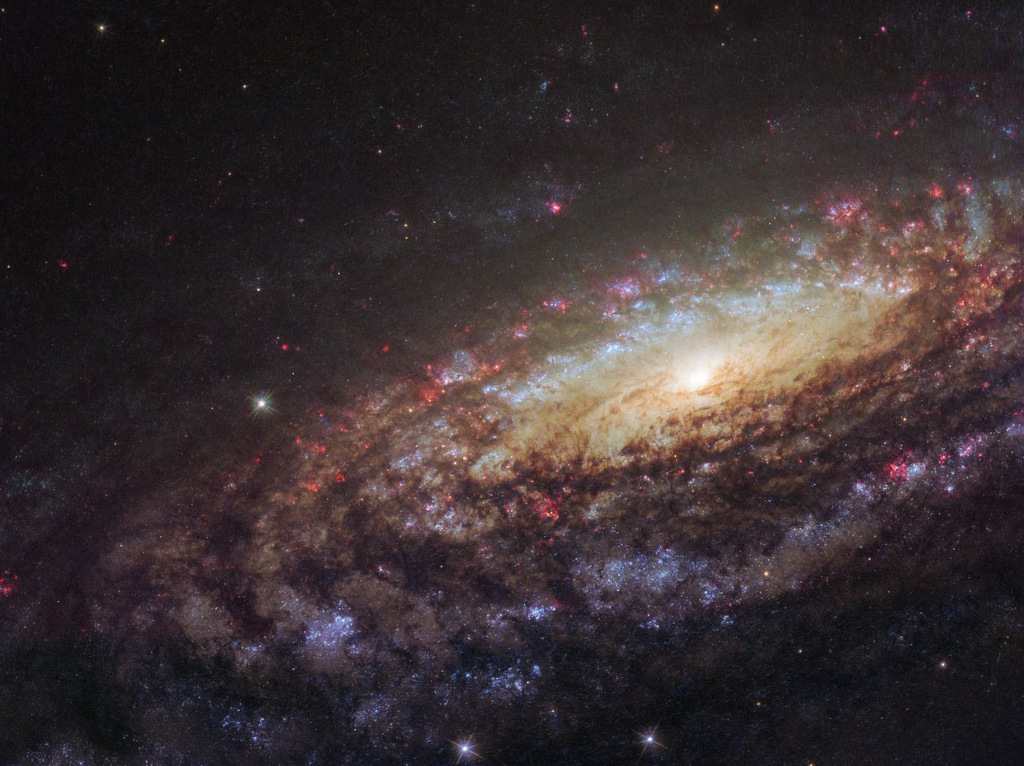FuturaSciences
Nombre total de pages vues
27/09/2022
VOIE LACTEE SUR TERRE - Ile de La Palma : le Mirador du Roque de los Muchachos
FuturaSciences
ASTRONOMY - DART: Impact on Asteroid Dimorphos
2022 September 27
Video Credit: NASA, JHUAPL, DART
Explanation: Could humanity deflect an asteroid headed for Earth? Yes. Deadly impacts from large asteroids have happened before in Earth's past, sometimes causing mass extinctions of life. To help protect our Earth from some potential future impacts, NASA tested a new planetary defense mechanism yesterday by crashing the robotic Double Asteroid Redirection Test (DART) spacecraft into Dimorphos, a small asteroid spanning about 170-meters across. As shown in the featured video, the impact was a success. Ideally, if impacted early enough, even the kick from a small spacecraft can deflect a large asteroid enough to miss the Earth. In the video, DART is seen in a time-lapse video first passing larger Didymos, on the left, and then approaching the smaller Dimorphos. Although the video ends abruptly with DART's crash, observations monitoring the changed orbit of Dimorphos -- from spacecraft and telescopes around the world -- have just begun.
26/09/2022
MACROPHOTOGRAPHIE - Miki Asai - Soudain... la Nature se fait abstraite
ASTRONOMY - All the Water on Planet Earth
2022 September 26
Illustration Credit: Jack Cook, Adam Nieman, Woods Hole Oceanographic Institution; Data source: Igor Shiklomanov
Explanation: How much of planet Earth is made of water? Very little, actually. Although oceans of water cover about 70 percent of Earth's surface, these oceans are shallow compared to the Earth's radius. The featured illustration shows what would happen if all of the water on or near the surface of the Earth were bunched up into a ball. The radius of this ball would be only about 700 kilometers, less than half the radius of the Earth's Moon, but slightly larger than Saturn's moon Rhea which, like many moons in our outer Solar System, is mostly water ice. The next smallest ball depicts all of Earth's liquid fresh water, while the tiniest ball shows the volume of all of Earth's fresh-water lakes and rivers. How any of this water came to be on the Earth and whether any significant amount is trapped far beneath Earth's surface remain topics of research.
25/09/2022
ASTRONOMY - The Fairy of Eagle Nebula
Image Credit: Image Credit: NASA, ESA, The Hubble Heritage Team (STScI/AURA)
Explanation: The dust sculptures of the Eagle Nebula are evaporating. As powerful starlight whittles away these cool cosmic mountains, the statuesque pillars that remain might be imagined as mythical beasts. Featured here is one of several striking dust pillars of the Eagle Nebula that might be described as a gigantic alien fairy. This fairy, however, is ten light years tall and spews radiation much hotter than common fire. The greater Eagle Nebula, M16, is actually a giant evaporating shell of gas and dust inside of which is a growing cavity filled with a spectacular stellar nursery currently forming an open cluster of stars. This great pillar, which is about 7,000 light years away, will likely evaporate away in about 100,000 years. The featured image is in scientifically re-assigned colors and was taken by the Earth-orbiting Hubble Space Telescope.
24/09/2022
ASTRONOMY - September Sunrise Shadows
2022 September 24
Image Credit & Copyright: Donato Lioce
Explanation: The defining astronomical moment for this September's equinox was on Friday, September 23, 2022 at 01:03 UTC, when the Sun crossed the celestial equator moving south in its yearly journey through planet Earth's sky. That marked the beginning of fall for our fair planet in the northern hemisphere and spring in the southern hemisphere, when day and night are nearly equal around the globe. Of course, if you celebrate the astronomical change of seasons by watching a sunrise you can also look for crepuscular rays. The shadows cast by clouds can have a dramatic appearance in the twilight sky during any sunrise or sunset. Due to perspective, the parallel shadows will seem to point back to the rising Sun and a place due east on your horizon near the equinox date. Taken on September 15, this sunrise sea and skyscape captured crepuscular rays in the sky and watery specular reflections from the Mediterranean coast near the village of Petacciato, Italy.
23/09/2022
ASTRONOMIA - Júpiter está no ponto mais próximo da Terra em 59 anos
Astrónomos calculam que Júpiter vai estar em oposição no final do mês de setembro, um movimento em que está no ponto completamente oposto ao Sol, quando visto da Terra. É a 26 de setembro que o maior planeta do Sistema vai estar também mais próximo do nosso, nos últimos 59 anos.
O fenómeno da oposição acontece em relação a Júpiter a cada 13 meses e as aproximações entre Terra e Júpiter acontecem sensivelmente uma vez por ano. A coincidência temporal destes dois movimentos é, assim, rara, mas irá verificar-se este ano dentro de uma semana, noticia o Space.com.
Com esta coincidência, vai ser possível ver a partir da Terra, com binóculos ou telescópios pequenos e idealmente num local alto, céu escuro e com tempo limpo o gigante gasoso de uma forma brilhante e iluminada. Adam Kobelski, astrofísico da NASA, afirma que “a vista vai ser espetacular durante alguns dias antes e depois do 26 de setembro. Tirem partido de boas condições meteorológicas em qualquer um destes dias para fazer a visualização. Sem ser a Lua, deve ser um dos maiores (se não o maior) objeto brilhante no céu noturno”.
Júpiter demora 4333 dias terrestres a completar uma volta ao Sol, mas as órbitas entre os dois planetas cruzam-se em várias distâncias, em diferentes momentos. Nesta aproximação de agora, o gigante vai estar a 590 milhões de quilómetros da Terra, o ponto mais próximo em 59 anos, em outubro de 1963. No seu ponto mais longínquo, Júpiter chega a distar 960 milhões de quilómetros.
Kobelski lembra que Galileu conseguiu ver Júpiter e as suas luas com instrumentos do século XVII, pelo que a observação a partir da Terra agora será possível mesmo com aparelhos mais modestos.
Visão
ASTRONOMY - NGC 7331 Close Up
2022 September 22
Image Credit & License: ESA/Hubble & NASA/D. Milisavljevic (Purdue University)
Explanation: Big, beautiful spiral galaxy NGC 7331 is often touted as an analog to our own Milky Way. About 50 million light-years distant in the northern constellation Pegasus, NGC 7331 was recognized early on as a spiral nebula and is actually one of the brighter galaxies not included in Charles Messier's famous 18th century catalog. Since the galaxy's disk is inclined to our line-of-sight, long telescopic exposures often result in an image that evokes a strong sense of depth. This Hubble Space Telescope close-up spans some 40,000 light-years. The galaxy's magnificent spiral arms feature dark obscuring dust lanes, bright bluish clusters of massive young stars, and the telltale reddish glow of active star forming regions. The bright yellowish central regions harbor populations of older, cooler stars. Like the Milky Way, a supermassive black hole lies at the core of spiral galaxy NGC 7331.
21/09/2022
MACROPHOTOGRAPHIE - La rose et les gouttelettes

© Miki Asai
PHOTOMICROGRAPHY - Depth-color coded projections of three stentors (single-cell freshwater protozoans)
ASTRONOMY - Orion and the Ocean of Storms
2025 December 13 Orion and the Ocean of Storms Image Credit: NASA , Artemis 1 Explanation: On December 5, 2022, a camera on board the u...

-
2022 September 26 All the Water on Planet Earth Illustration Credit: Jack Cook, Adam Nieman, Woods Hole Oceanographic Institution ; Data ...
-
2025 May 11 The Surface of Venus from Venera 14 Image Credit: Soviet Planetary Exploration Program , Venera 14 ; Processing & Copyri...







